Sanctuary cities in the United States face financial challenges as they prioritize protecting undocumented immigrants while struggling with federal funding shortfalls. In this listicle, we spotlight 20 cities, examining their federal support, the financial gaps they confront, and insights from their mayors.
#1. New York City, NY
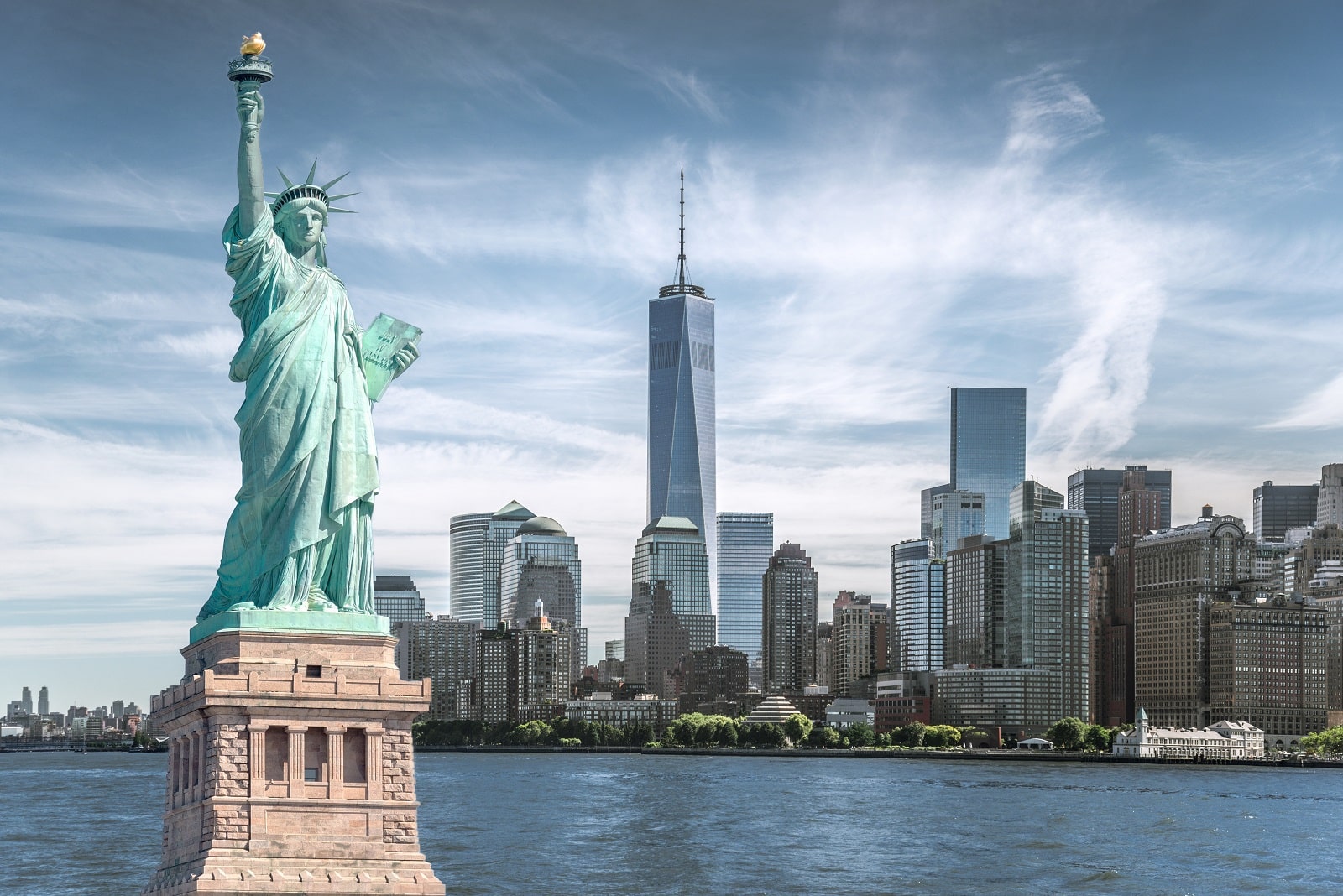
New York City received a total of $7.64 billion in federal funding, with an average cost of $894.07 per resident. The gap between funding and cost is substantial, highlighting potential strain on taxpayer resources.
#2. Los Angeles, CA
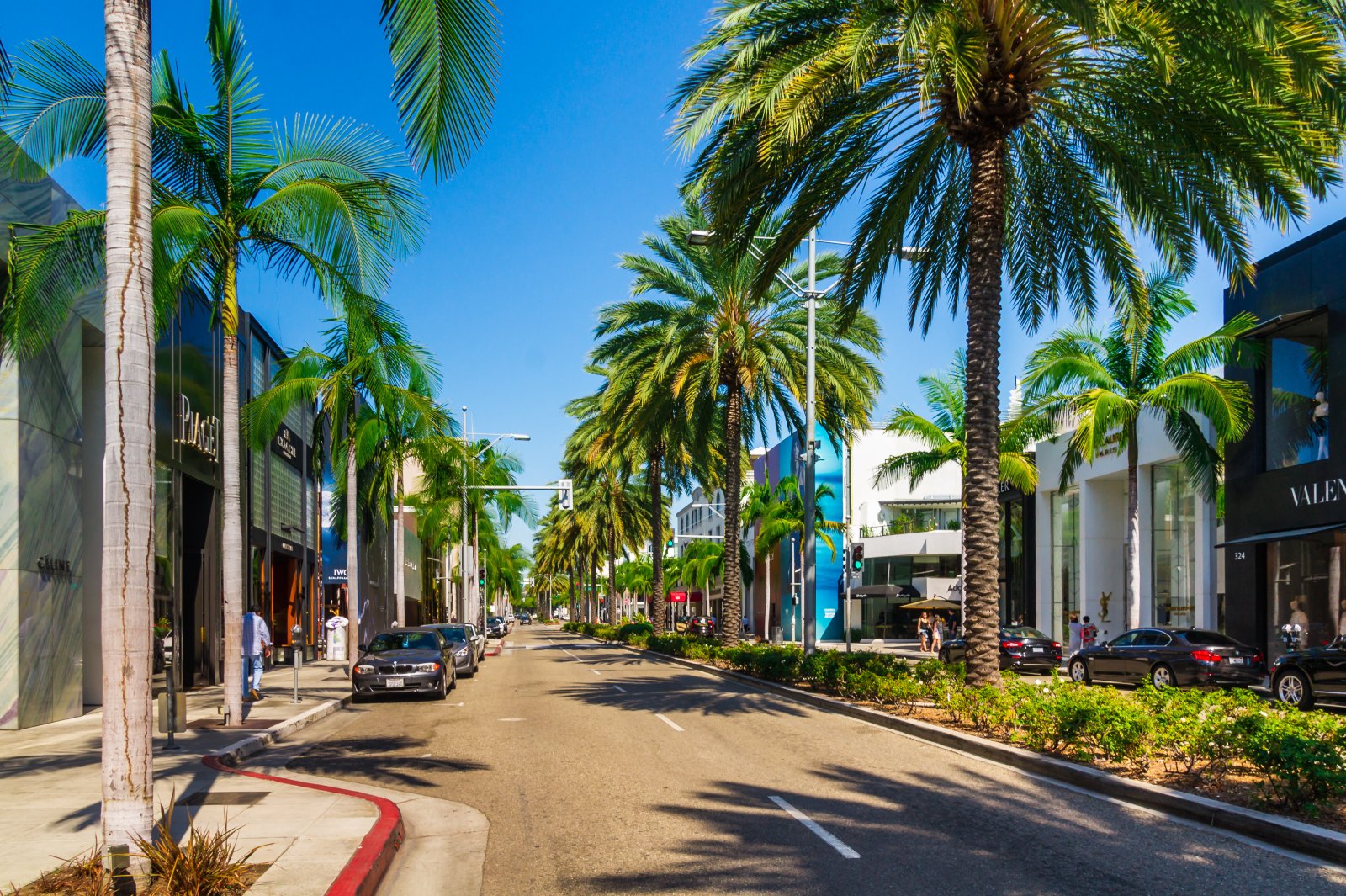
Los Angeles received $502.48 million in federal funding, with an average cost of $126.51 per resident. While federal funding helps, a significant gap exists between this support and the actual cost incurred.
#3. Chicago, IL
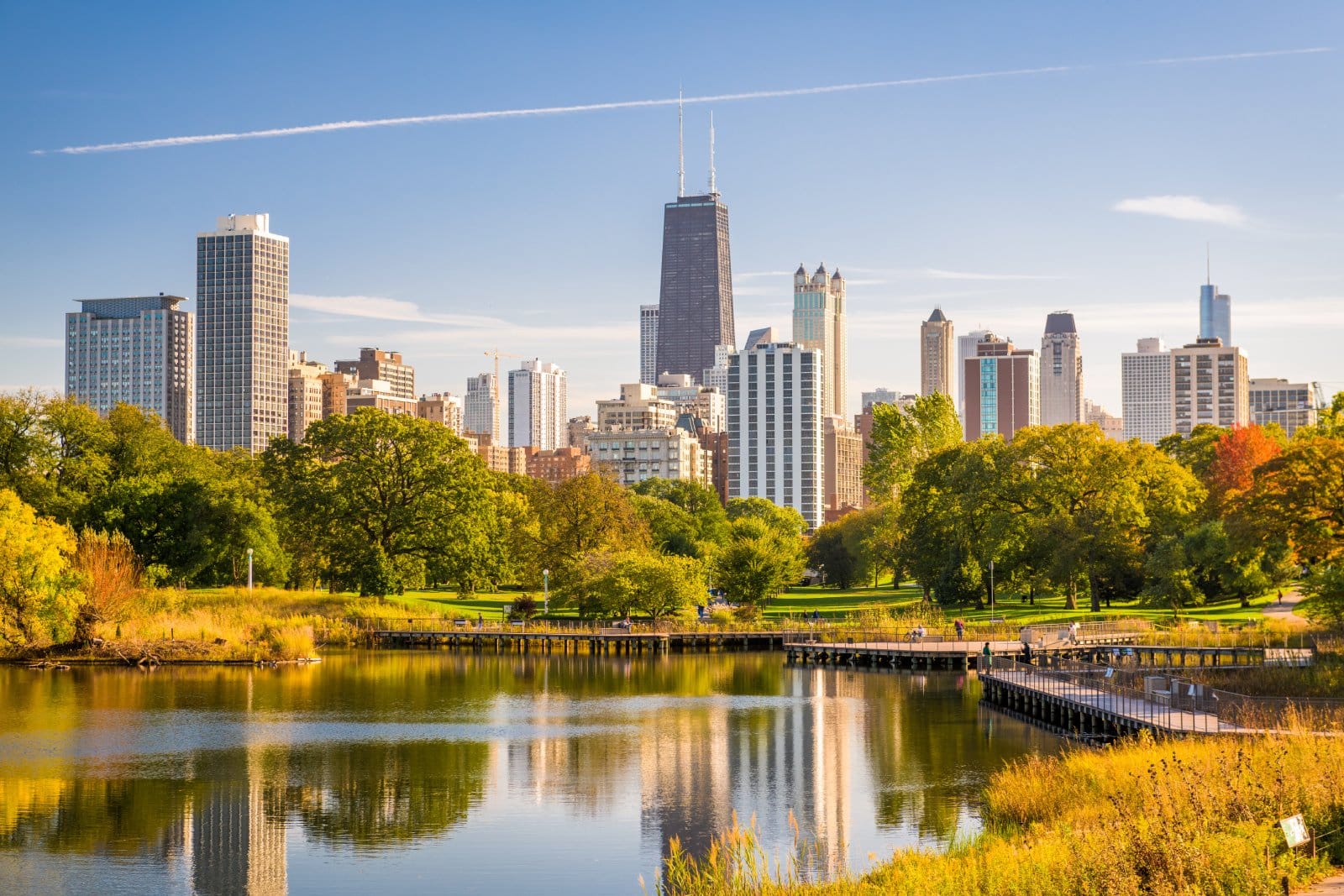
Chicago received a total of $5.29 billion in federal funding, with an average cost of $1,942.86 per resident.
Despite substantial federal funding, the cost to support sanctuary policies exceeds this amount, indicating additional financial burdens.
#4. Washington, D.C.
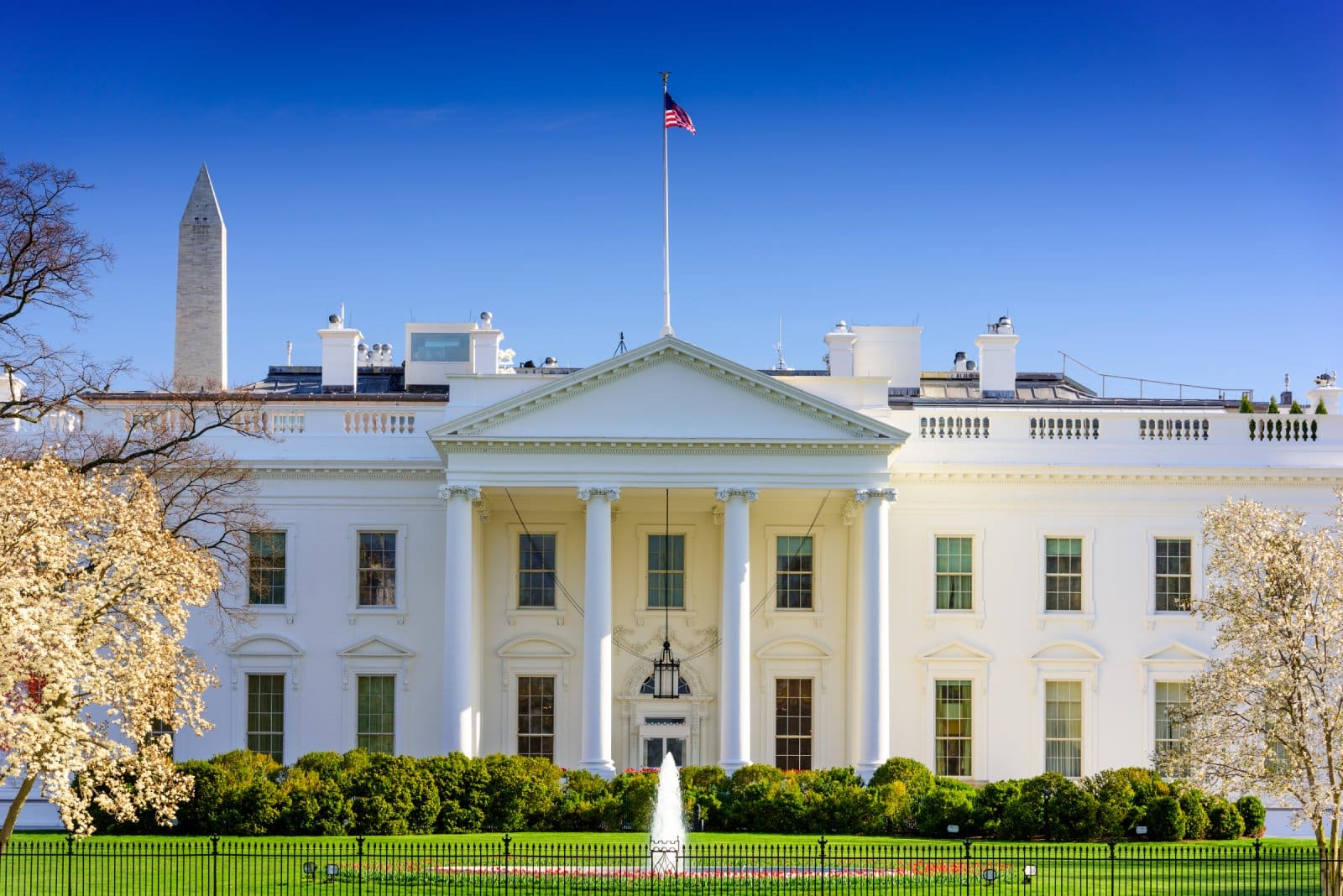
Washington, D.C., received $2.09 billion in federal funding, with an average cost of $3,228.23 per resident. Despite potential financial challenges, the disparity between federal funding and the actual cost underscores the city’s commitment to its sanctuary status.
#5. San Francisco, CA

San Francisco received a total of $509.26 million in federal funding, with an average cost of $588.87 per resident. While federal support is significant, it falls short of covering the full cost, leaving local taxpayers to bridge the gap.
#6. Philadelphia, PA

Philadelphia received $589.56 million in federal funding, with an average cost of $376.13 per resident. However, this falls short of covering the full cost, creating a financial burden for local taxpayers.
#7. Phoenix, AZ
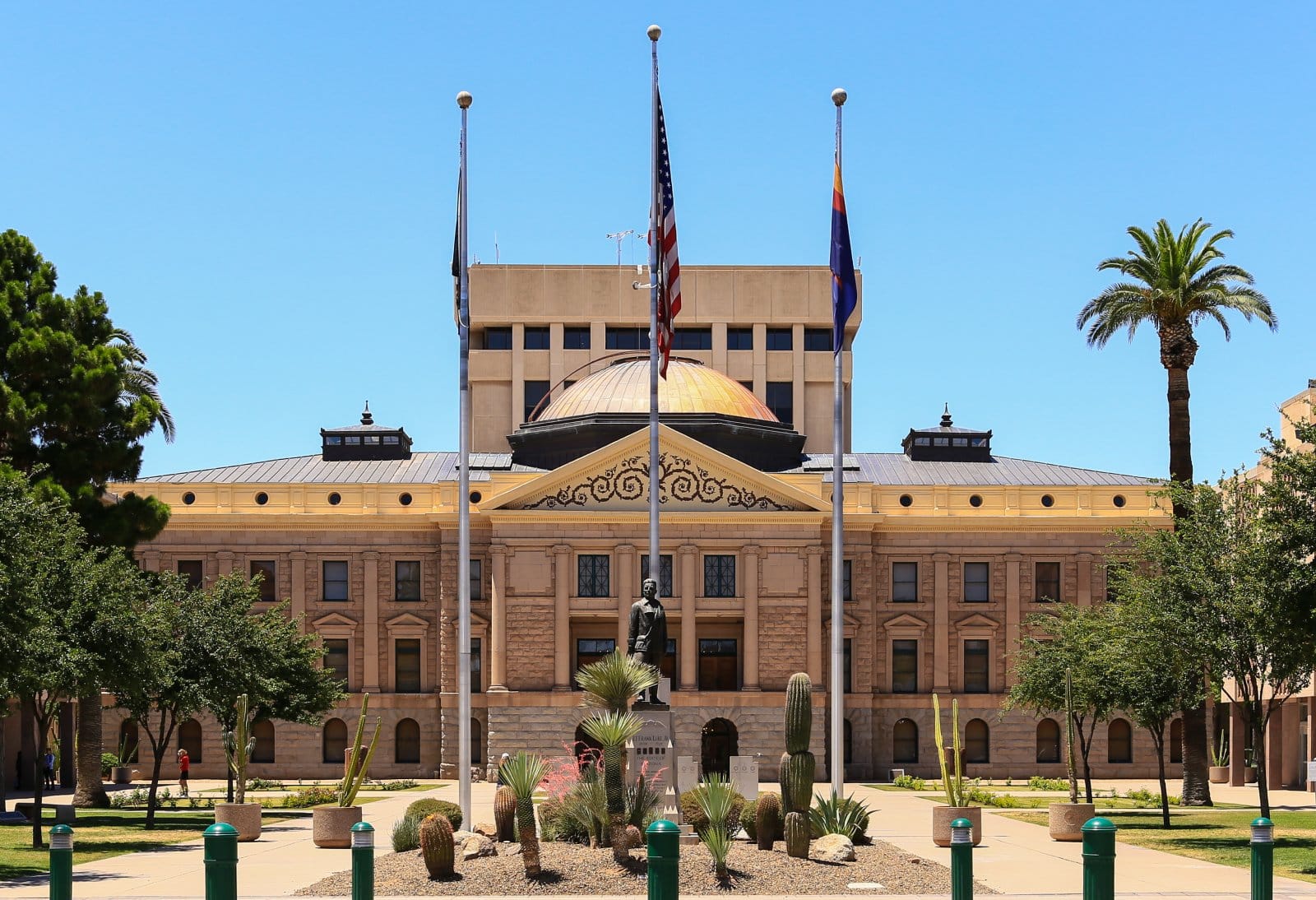
Phoenix received $284.89 million in federal funding, with an average cost of $182.27 per resident. Despite federal support, the gap between funding and cost remains, impacting taxpayers.
#8. San Diego, CA

San Diego received $474.83 million in federal funding, with an average cost of $340.39 per resident. The discrepancy between funding and cost highlights the financial strain on the city and its taxpayers.
#9. Dallas, TX
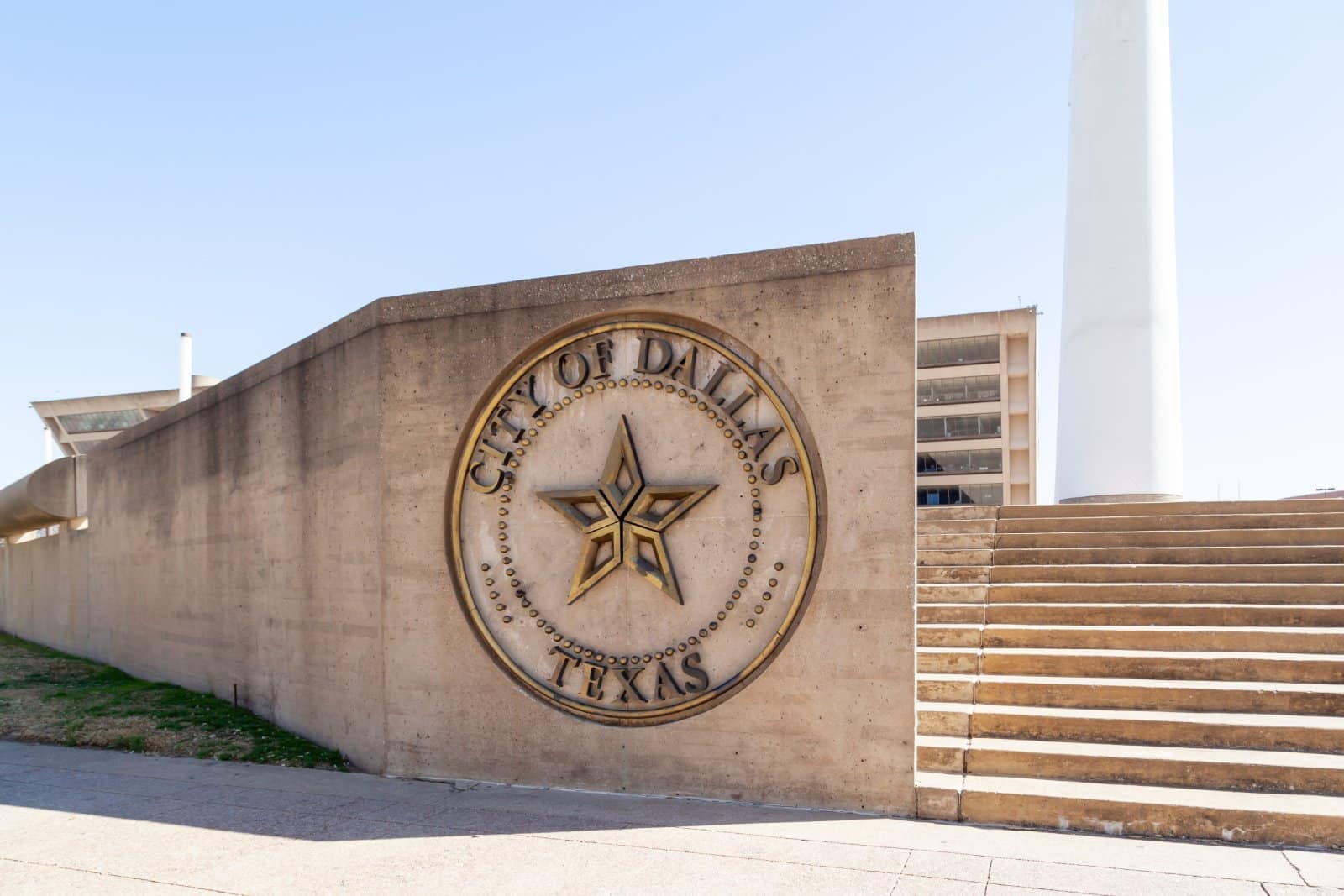
Dallas received $500.46 million in federal funding, with an average cost of $384.94 per resident. Despite federal assistance, there remains a gap in funding, posing financial challenges for the city.
#10. San Jose, CA
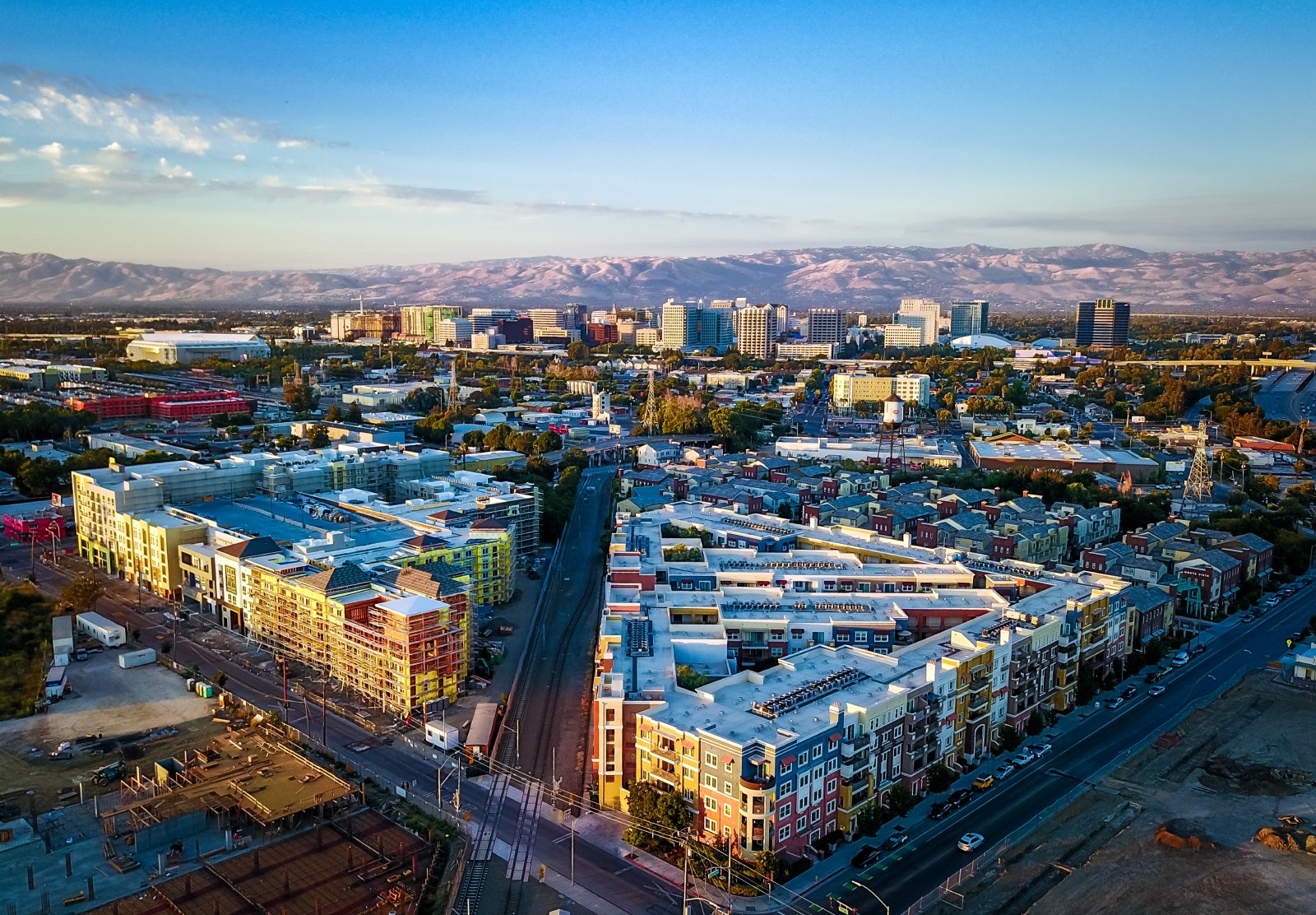
San Jose received $215.68 million in federal funding, with an average cost of $210.03 per resident. The disparity between funding and cost underscores the financial strain on the city and its residents.
#11. Austin, TX
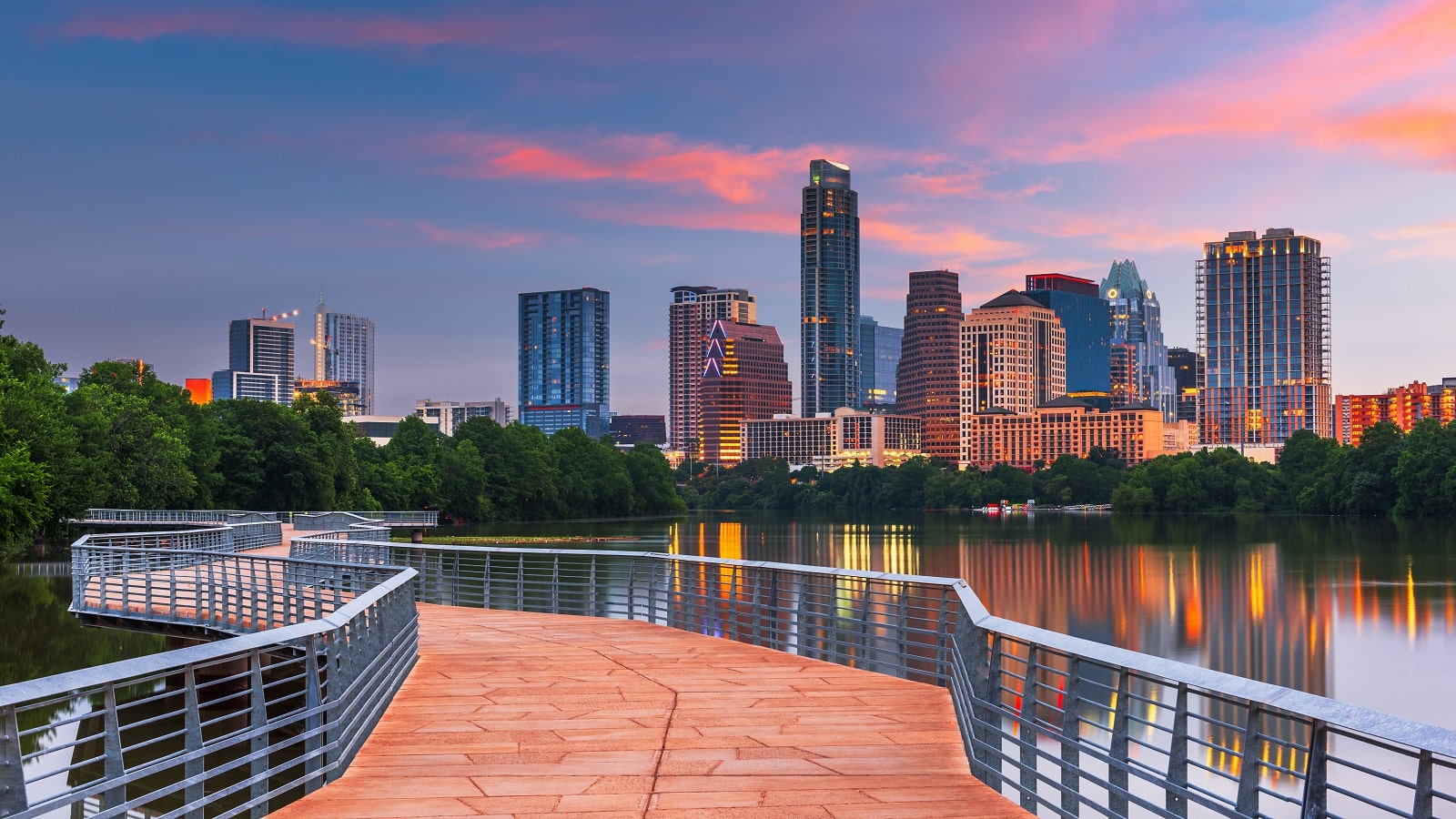
Austin received $207.48 million in federal funding, with an average cost of $222.66 per resident. Despite federal support, the gap between funding and cost remains, affecting local taxpayers.
#12. Hartford, CT
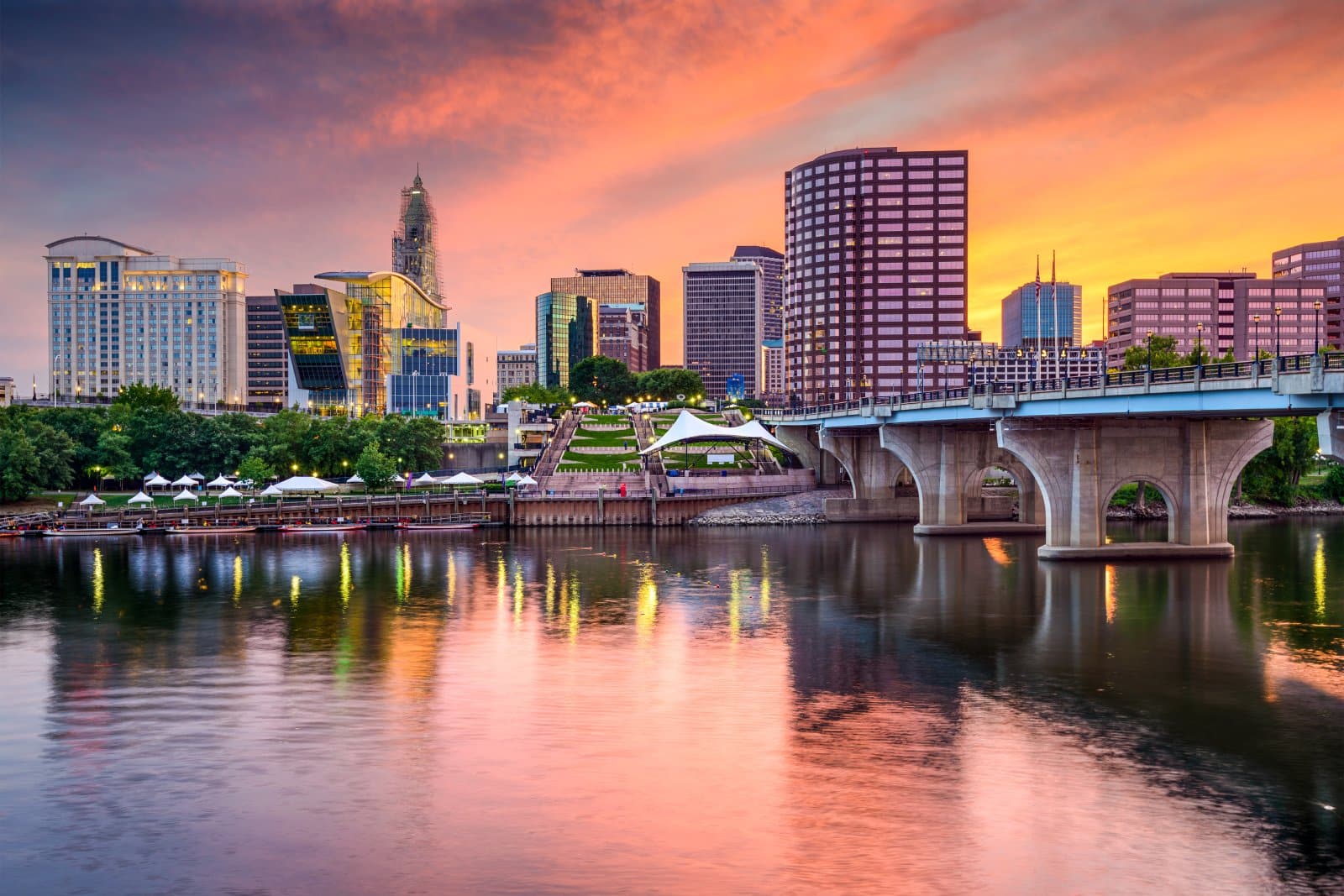
Hartford received $63.27 million in federal funding, with an average cost of $70.62 per resident. Despite federal assistance, the gap between funding and cost highlights the financial challenges faced by the city.
#13. Seattle, WA

Seattle received $283.63 million in federal funding, with an average cost of $414.38 per resident. However, the gap between funding and cost poses financial challenges for the city and its taxpayers.
#14. Denver, CO
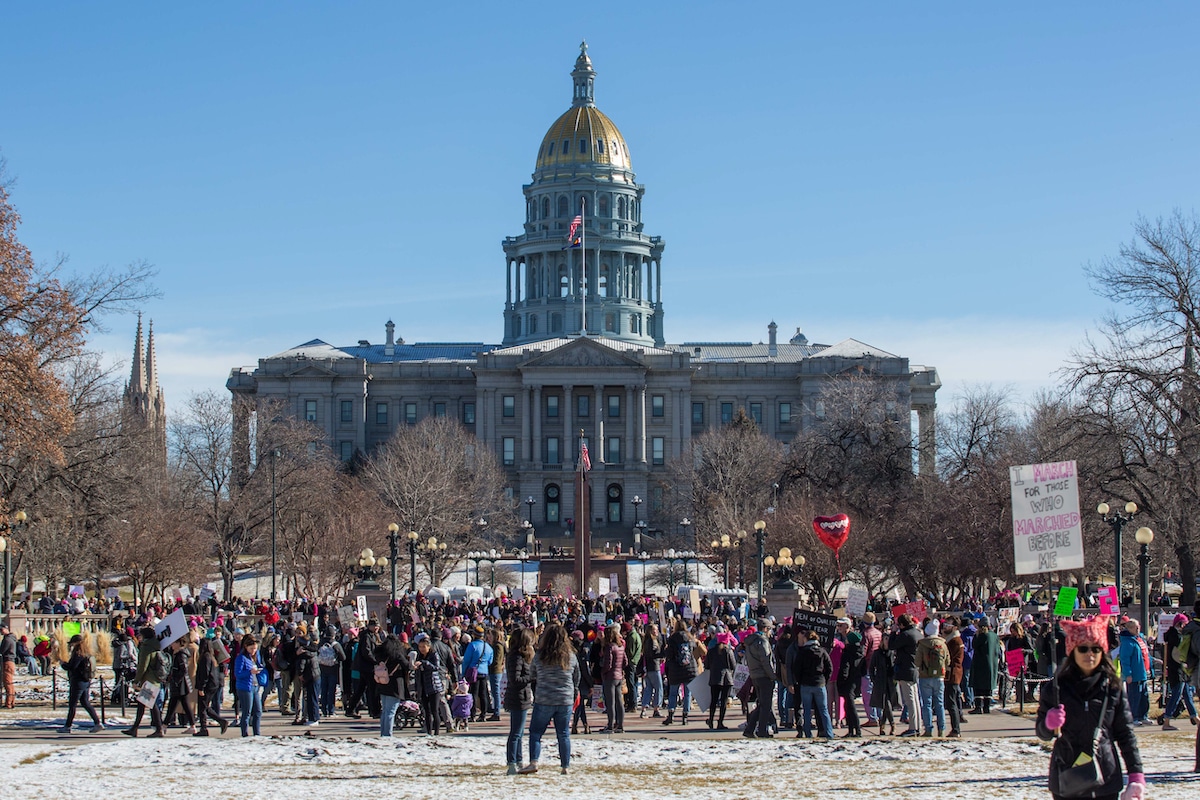
Denver received $226.93 million in federal funding, with an average cost of $332.48 per resident. Despite federal support, the gap between funding and cost remains, impacting local taxpayers.
#15. Detroit, MI
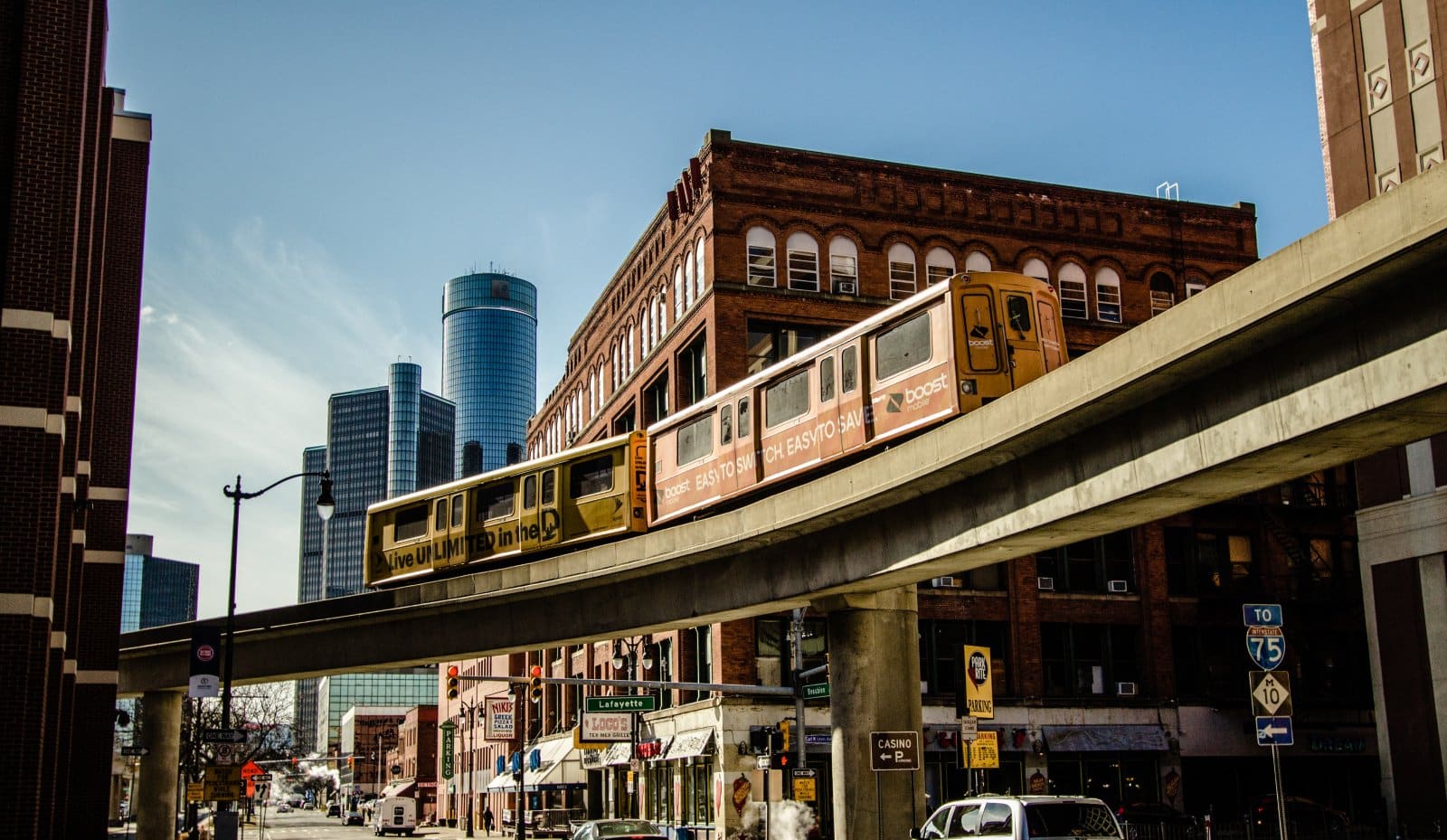
Detroit received $252.32 million in federal funding, with an average cost of $372.63 per resident. Despite federal assistance, the gap between funding and cost highlights financial challenges for the city.
#16. Boston, MA
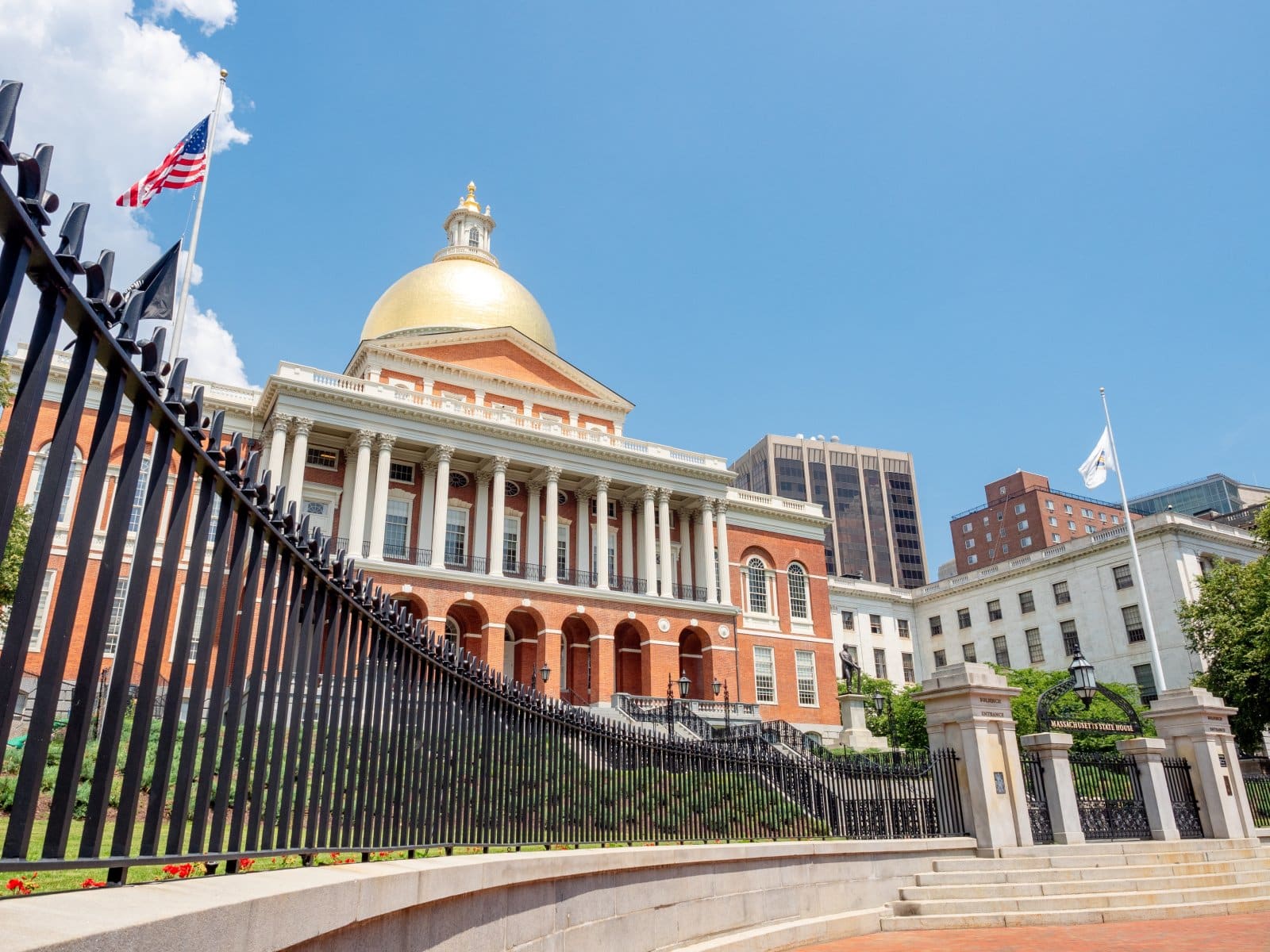
Boston received $766.79 million in federal funding, with an average cost of $1,149.37 per resident. Despite federal support, the gap between funding and cost poses financial challenges for the city and its residents.
#17. Nashville, TN
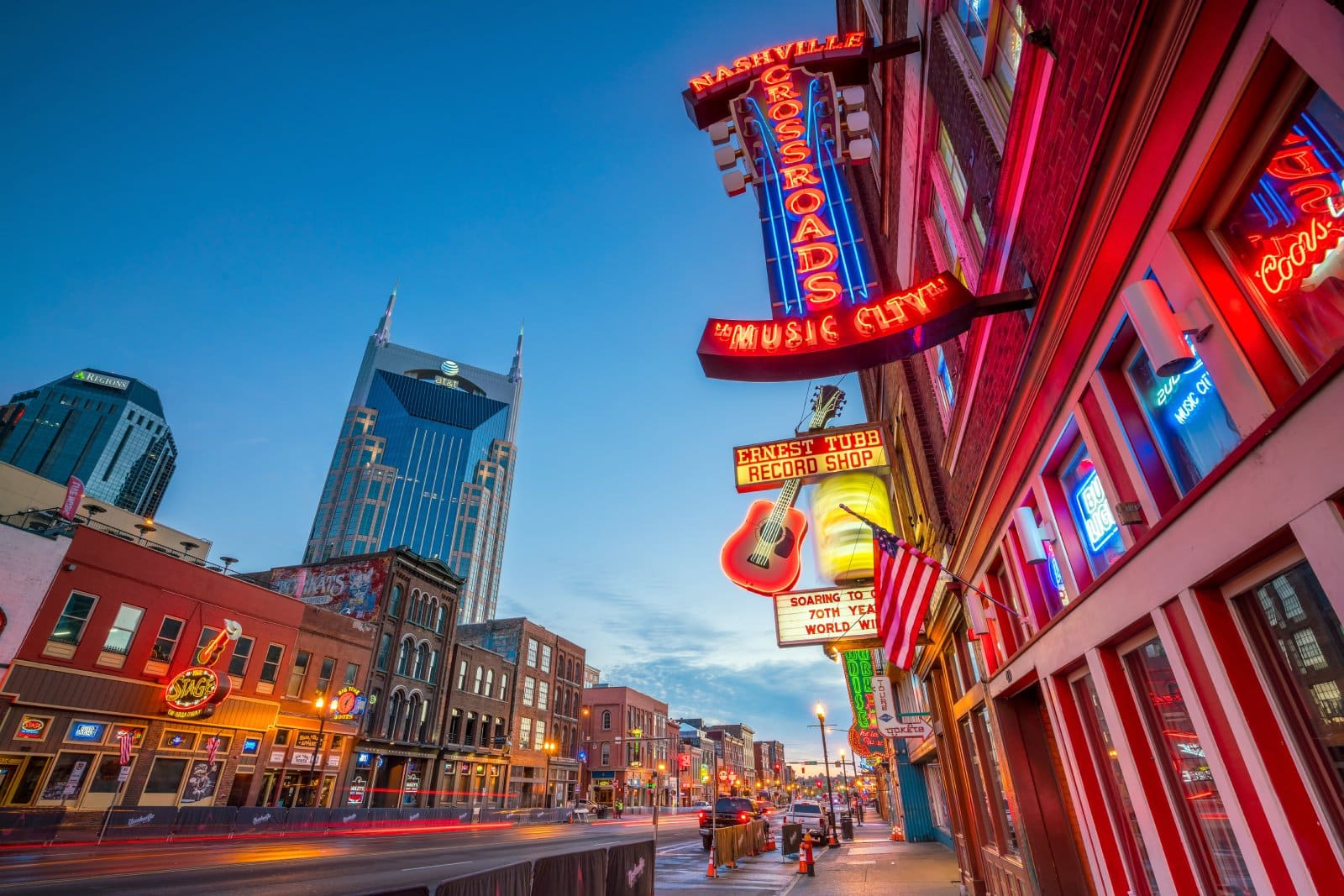
Nashville received $231.12 million in federal funding, with an average cost of $353.06 per resident. Despite federal assistance, the gap between funding and cost remains, affecting local taxpayers.
#18. Portland, OR

Portland received $173.69 million in federal funding, with an average cost of $274.69 per resident. However, the gap between funding and cost poses financial challenges for the city and its taxpayers.
#19. Oklahoma City, OK

Oklahoma City received $127.11 million in federal funding, with an average cost of $201.33 per resident. Despite federal support, the gap between funding and cost highlights financial challenges for the city and its residents.
23 Steep Taxes Adding to California Residents’ Burden

California: a place of sunshine, innovation, and, unfortunately, some of the nation’s highest taxes. From LA’s beaches to Silicon Valley’s tech hubs, residents grapple with a maze of state taxes. Here’s a glance at 23 taxes that might surprise both Californians and outsiders. 23 Steep Taxes Adding to California Residents’ Burden
Cash in on Nostalgia: 21 Toys Now Worth a Fortune

Time to dust off the boxes and find that once-cherished toy from your childhood. For collectors and enthusiasts, they items have become valued objects and they can be worth big bucks – are there any of these in your attic? Cash in on Nostalgia: 21 Toys Now Worth a Fortune
Millennials Don’t Buy These 19 Products Anymore

Millennials are changing consumer habits, quietly replacing once-staple products and traditions. Often criticized for their disruptive preferences, this generation is reshaping the marketplace with digital expertise, ethical buying, and a taste for the unconventional. Millennials Don’t Buy These 19 Products Anymore
10 Reasons Firearms Are Essential to America’s Fabric

Americans’ strong attachment to guns is influenced by constitutional rights, historical context, and cultural traditions. This article explores the cultural perspective driving their unwavering support for gun ownership, revealing the key factors shaping this enduring aspect of American life. 10 Reasons Firearms Are Essential to America’s Fabric
California’s 16 New Laws Raise Red Flags for Prospective Residents

California, celebrated for its beaches, tech prowess, and diversity, is now gaining attention for its recent legislation, prompting some residents to reconsider their residency. Explore the new laws of 2024 and the controversies and migration they’re stirring. California’s 16 New Laws Raise Red Flags for Prospective Residents
The post Government Aid Fails 19 Sanctuary Cities with Insufficient Funding and Rising Taxpayer Costs first appeared on Thrift My Life.
Featured Image Credit: Shutterstock / Roy De La Cruz.
The content of this article is for informational purposes only and does not constitute or replace professional financial advice.
For transparency, this content was partly developed with AI assistance and carefully curated by an experienced editor to be informative and ensure accuracy.

